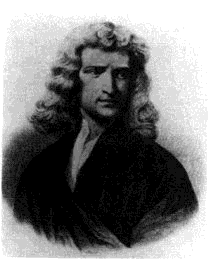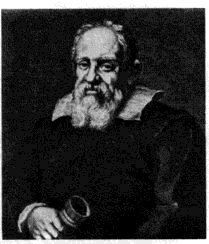| Uniform motion means no acceleration. Note forces can balance: "a force" means
"a net force" |
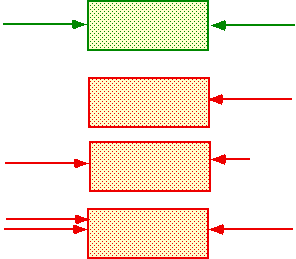 |
Inertial/Non-inertial frames
- Inertial/Non-inertial frames: A body continues at rest.....
- At rest with respect to what?
-
| Non-inertial frames: body accelerates w.r.t. frame without forces being applied |
|
| A very common non-inertial frame is a rotating one: e.g. a record player turntable. |
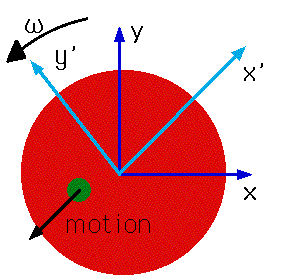 |
- There are two frames of reference
- an inertial one (well almost) attached to the earth (x,y)
- a non-inertial one (x',y')
- The earth rotates, but is inertial
to about 1/2 %.
- The only truly inertial frame is one defined by the distant
stars.
| First we need to have concepts of force and mass. Note first that mass is not
weight (which is a force!) |
|
Density
Closely related to mass is density.
- Density = mass/unit volume
-
ρ = M/V
-
e.g. 1 litre (=1000 ml = 10-3 m3) of water weighs 1 kg
: ρ = ?
- The nucleus of oxygen has a mass of 2.7x10-26 kg and a radius of
3x10-15m. What is its density?
Second Law
| Newton's 2nd law |
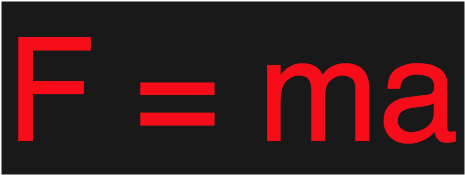
|
How about unbalanced forces?
If you push a wheelbarrow, it doesn't accelerate, and yet you are supplying a force. This is OK because;
- Newton's laws of motion don't apply in the real world
- The force is very small compared to the mass of the wheelbarrow, so it cannot cause acceleration
- There is an opposing force from the friction between the wheel and the ground
- There is an opposing force due to gravity, pulling the wheel-barrow down.
Action and reaction are equal and opposite
| An action is a force exerted by one object on another
The reaction is the force exerted by the second on the first |
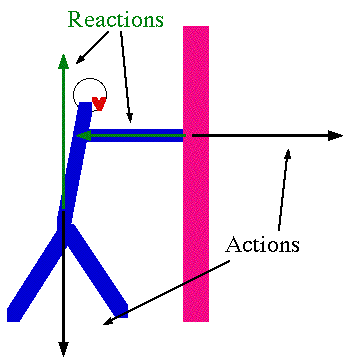 |
| Note that it is particularly easy to forget reaction forces: in this case,
if you ignore the reaction force, the block would fall through the table. |
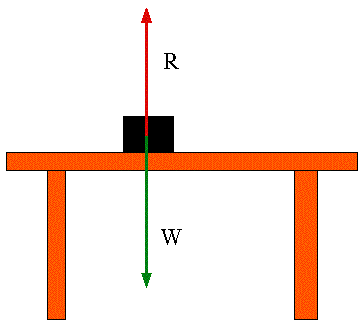 |
Most important is gravitational force, which gives rise to weight
- Newton's 2nd. law shows that everything has the same acceleration in
a gravitational field
-
m a = W = -mg
-
so that
a = -g
|
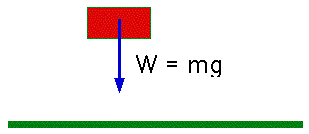 |
- Gravitational force depends on position:
F = mg
is a good approx. only at surface of earth.
On moon, weight ~ 1/6 that on earth
| T = tension in spring. In stationary elevator, or one moving with constant
velocity:
\color{red}{
T = mg}
|
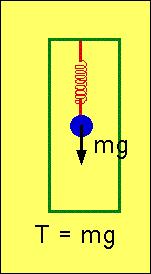 |
| In elevator accelerating up with accn. a, Total Force = mass x accn
\color{red}{
T - mg = ma \Rightarrow T = m\left( {g + a} \right)}
|
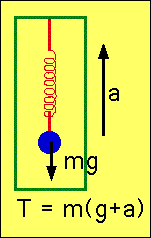 |
Elevators
| In elevator accelerating down: i.e. accn = - a, Total Force = mass x accn
\color{red}{
T - mg = -ma \Rightarrow T = m\left( {g - a} \right)}
both weight and accn. are negative) |
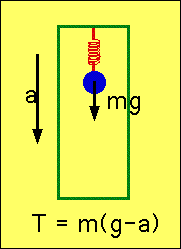 |
Contact Forces
| Forces which stop one object penetrating into another. Perp to interface.
|
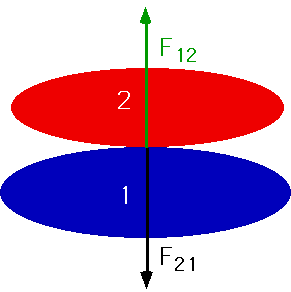 |
Elastic Forces
Response of object to being stretched or compressed
Tension:
| Ropes provide forces on both ends: you cannot push on a rope. Tension can be
measured via (e.g.) a spring balance |
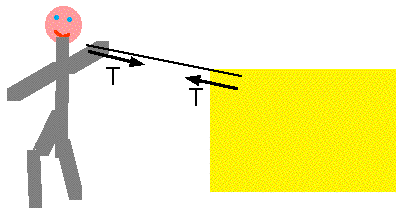 |
What happens in a tug of war?
Two teams in a tug of war can each exert a total pull of 2000 N. If a spring balance (calibrated in Newtons) is inserted into the centre of the rope, will it read

- 0 N
- 2000 N
- 4000 N
A general strategy for all force problems:
Remember
e.g. A kid pulls two trucks, masses 20 kg and 30 kg, with a horizontal rope. If
they accelerate from rest to 2 ms-1 in 4s, what force must he apply?
|
First the diagram: |
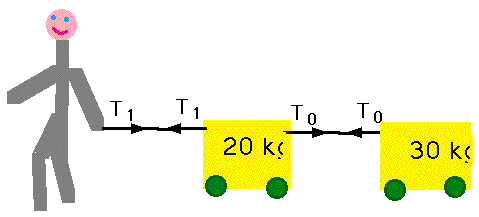 |
| Now split the problem up into individual objects, and draw free-body diagrams.
(This is such a simple problem that we hardly need to do this) |
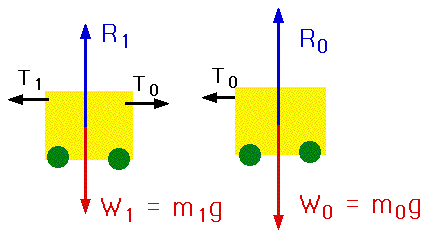 |
- Now find the sum of the forces for each object, resolved horizontally and vertically
Vertically
R0-m0g = m0a' = 0
|
(for 1st cart: it doesn't fall
through ground!) |
R1-m1g = m1a' = 0
|
(for 2nd cart) |
In this case, these eqns tell us nothing!
Horizontally
Friction:
Much harder to deal with.
- Opposes motion: i.e. if there is a force tending to accelerate a body, friction
will always be in opposite direction
| Force is proportional to the reaction force, and constant changes depending
on whether object is in motion or not.
|
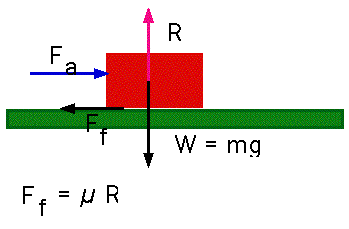 |
-
| Friction equals applied force up to some maximum and then is (roughly) constant |
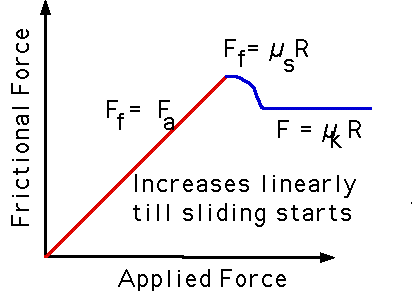 |
- μ is (roughly) independent of the velocity.
- Microscopically surfaces are rough and interlock
Air resistance
is a special kind of friction. Force~ (velocity) or Force~(velocity)2
| In this case the force (and hence the acceleration) is not constant: has to
be solved by numerical method
|
|
Fair = 1/2 C A ρv2
where C is a number that depends on the shape (Note it's dimensionally correct) ρ is the density of the fluid (in a vacuum, the air resistance is zero!)
Fgrav = -mg
|
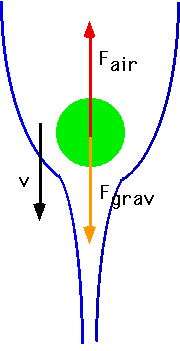 |
However, can find terminal velocity quite easily.
- This will occur when there
is no net force (remember the first law: things don't have to be at rest)
hence terminal velocity is given by -
vterm = (2 g m/CAρ)1/2
C~ 0.5, ρ~ 1.3 for air |
|
-
For a man of 70 kg, A = .5m2, v = ?
Sloping surfaces
(i.e.inclined planes)
- Usually best to resolve parallel and perpendicular to plane
-
| e.g. a block is on an inclined plane with slope of 450 and a (kinetic)
coef. of friction of 0.2. What is its acceleration? |
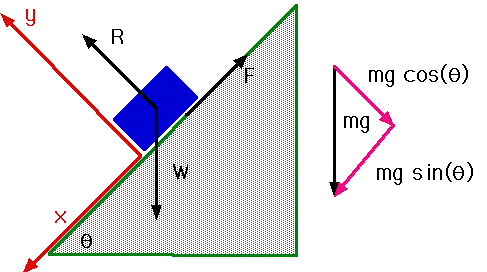 |
-
You have just driven your car into a snow-bank on a country
road. There is a tree across the road, and you have a length of rope in the car.
As a student who has just passed BIT1002, you know that this is a physics problem.
Do you
- Get behind the car and push?
- Tie the rope round the bumper of the car and use the tree as a pulley to move it?
- Tie the rope round the bumper of the car and the tree, and push on the middle of the rope?
- Tie the rope round the bumper, loop it round the tree and back round the bumper, so it can slide on both of them, and pull on the rope?
- Wait for a tow- truck to happen by?
|
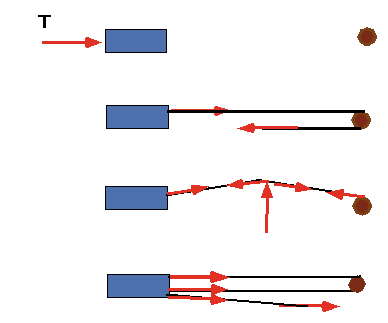
|
Now we go to Energy
